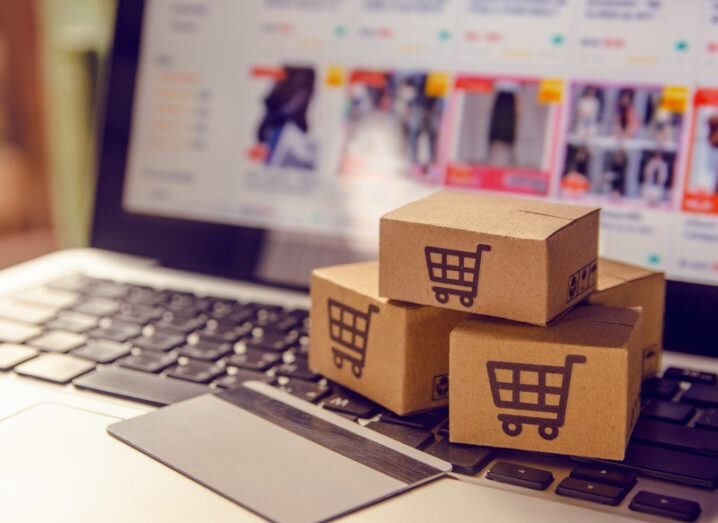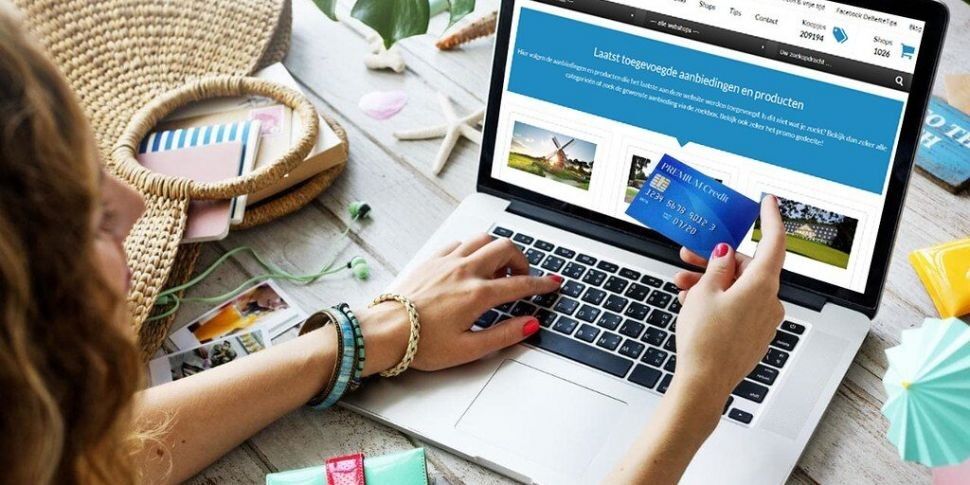Fashion, it moves fast. Like—blink-and-you-miss-it fast. A corset today, a neon puffer tomorrow, and whatever Gen Z calls “aesthetic” by Friday. And the easiest way to stay ahead of the curve? Online shopping. It’s the holy grail of convenience meets couture. But with great style comes great… risk? Oh yes. From fake discounts to data theft, shopping for that perfect Y2K crop top or linen jumpsuit can turn into a cybersecurity disaster quicker than your cart can say “check out.” Let’s unravel the threads of safe online fashion hunting. Buckle up (metaphorically—or with that vintage belt you found last week).

1. Spotting the Real from the Run-of-the-Mill Fake
Have you ever landed on a website with “90% off Gucci” in Comic Sans? That’s your first clue. If it seems too good to be true, it probably is. Counterfeit fashion websites are everywhere and thriving. According to a 2024 Statista report, more than 25% of surveyed shoppers said they had been fooled by a fraudulent online store at least once. Crazy!
By the way, there’s a pretty simple way to combat phishing. How exactly? For example, download VeePN for Mac. VeePN can already warn about phishing and detect malware.
How to tell:
- Check the URL. “.net”? “.xyz”?
- Look for a professional layout. Misspelled product names or grainy images? Don’t risk it.
- Search for reviews outside the website. Trustpilot, Reddit, even fashion forums can be your mirror of truth.
2. Secure the Bag—But Also the Browser
You wouldn’t leave your handbag open in a subway station. So why would you enter your card info on an unsecured website?
What to do:
- Look for the padlock icon next to the website URL. No padlock, no purchase.
- The website should begin with “https://” – that little “s” is everything.
- Avoid shopping while using public Wi-Fi. Or use VeePN VPN, which can keep you safe even when connected to unsecured hotspots. It’s like yelling your credit card number across a crowded food court.
3. Use Credit, Not Debit – Fashionably Safe
Fashion impulse buys happen. That sequined blazer? You didn’t need it, but you did. Still, when it comes to paying, choose credit cards. They offer better fraud protection.
According to the Federal Trade Commission, credit card fraud complaints outnumber debit card fraud complaints 3 to 1, but they’re resolved faster. Why? Credit cards let you dispute charges, often without liability.
Bonus? Many credit cards offer cashback or points for fashion purchases. Practicality meets Prada.
4. Avoid Clicking on Fashion Emails Like It’s 2009
That email from “ZARA OFFICIAL MEGA DISCOUNT CLICK NOW”? Yeah, don’t. Phishing is still thriving in 2025. Cybercriminals craft emails so convincing they’d fool Anna Wintour.
What to watch for:
- Unusual sender addresses (e.g., z@ra-promo.sale)
- Urgent language (“48 HOURS LEFT! VERIFY NOW!”)
- Embedded links that redirect to random pages
Instead, visit the brand’s official website directly. Bookmark it. Return to it. Trust it.
5. Password Like a Fashion Editor: Complicated and Impossible to Guess
Let’s be honest. If your password is “1234fashion,” you’re practically handing your account to hackers on a silver Chanel tray.
Try this instead:
- Use a passphrase, like “LouboutinShoesAreRed#22”
- Don’t reuse the same password across multiple sites
- Enable two-factor authentication wherever available
Tools like password managers can store your 73 unique logins—so your brain doesn’t have to.
6. Be Wary of App Stores in Drag
Downloaded a shopping app? Great. Just make sure it’s legit. There are hundreds of fake fashion shopping apps out there mimicking Zara, H&M, or ASOS.
Quick check:
- Read app reviews. One-star floods = red flag.
- Look at the number of downloads. A global brand should have millions.
- Verify the developer. If “ZARA Official” is developed by “Jake33Apps,” run.
Oh, and always download from official app stores (Google Play or Apple App Store). Third-party sites? Not the vibe.

7. Return Policies Are Your Runway Safety Net
That pleated skirt looked amazing online. On you? Not so much. Always read the return policy—before you buy.
Questions to ask:
- Can you return sale items?
- Is there a time limit?
- Who pays for return shipping?
A transparent return policy is a sign of a trustworthy store. Ambiguity? That’s a sign of a disappearing act.
8. Keep Track Like You’re Stalking Street Style Looks
Don’t just click “buy” and forget. Track your orders. Save receipts. Screenshot confirmation pages.
Apps like Shop, Parcel, or even just Google Calendar reminders can help you stay on top of orders. If something goes wrong, you’ve got proof.
And if a package doesn’t arrive in 14 days? Don’t wait. Contact the retailer—and your payment provider.
9. Join Communities, Not Just Mailing Lists
The online fashion world isn’t just retailers. There are vibrant communities of reviewers, stylists, and everyday shoppers sharing where to shop safely. Reddit threads, TikTok hauls (be cautious with these though), and Discord fashion servers—these can be goldmines of insights and scam alerts.
10. Final Fit Check: Always Trust Your Gut
You’ve scrolled the site. Checked the reviews. Loved the dress. But… something feels off? That’s your intuition calling, and it’s often dressed sharper than any algorithm. Listen to it.
Impulse is fine for style. Not for security.
Closing Notes: Where Fashion Meets Smart Choices
Shopping online is part treasure hunt, part digital tightrope walk. The good news? You can absolutely stay stylish and safe. It’s not about giving up those trending pieces or limiting your style; it’s about shopping like the bold, savvy icon you are.
Just remember: verify, lock it down, trust your instincts, and never let your guard down for 70% off and a glittery banner.
Fashion is fleeting. Cybersecurity? That’s your new classic.
